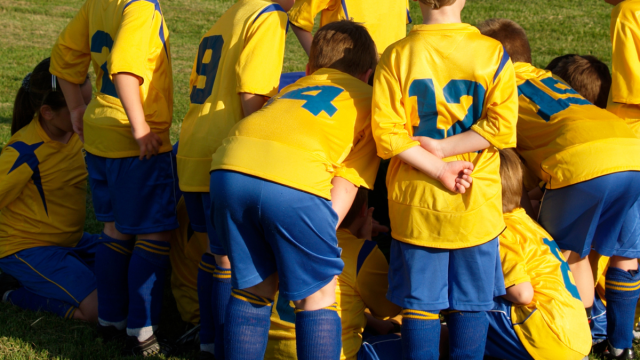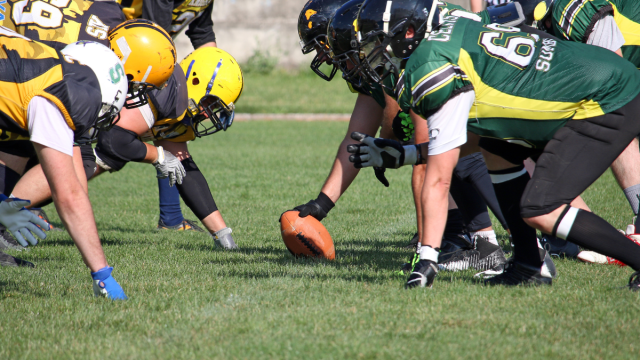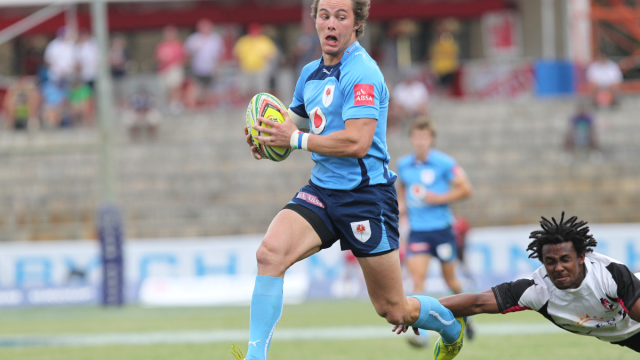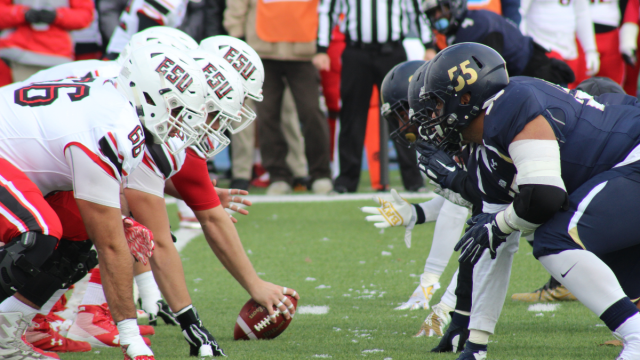Manufacturing customized teamwear uniforms is a specialized niche within the apparel industry that caters to sports teams, clubs, businesses, and organizations looking for distinctive and personalized clothing for their members. Here are some details about the process of manufacturing customized teamwear uniforms:
- Design and Conceptualization: The process usually begins with a design and conceptualization phase. Clients work closely with designers or apparel manufacturers to create a unique design that reflects their team’s identity, colors, logo, and any specific features or branding elements they want to include.
- Material Selection: Choosing the right materials is crucial for teamwear uniforms. Depending on the sport or activity, the uniforms may be made from a variety of fabrics such as polyester, spandex, nylon, or blends. The choice of material affects factors like comfort, breathability, moisture-wicking properties, and durability.
- Customization Options: Teamwear uniforms offer various customization options, including sublimation printing, embroidery, heat transfers, and screen printing. These techniques allow for the incorporation of team logos, player names, numbers, and sponsor logos. Sublimation printing, in particular, offers full-color, all-over printing capabilities, making it a popular choice for intricate and vibrant designs.
- Pattern and Sizing: Creating patterns and sizing charts is essential to ensure that the uniforms fit athletes comfortably. Manufacturers typically provide a range of sizes to accommodate different body types, and they may offer both standard and slim-fit options.
- Quality Control: Ensuring the quality of the uniforms is paramount. This involves rigorous quality control checks at every stage of manufacturing, from material inspection to printing and sewing. It’s essential that uniforms meet industry standards for durability and safety.
- Production: Once the design, materials, and customization details are finalized and approved by the client, the production phase begins. This may involve cutting, sublimation printing, sewing, and assembling the uniforms.
- Lead Times: Customized teamwear uniforms are typically made to order. Lead times can vary depending on factors like order size, complexity, and the manufacturer’s production schedule. Clients should plan well in advance to ensure uniforms are ready when needed.
- Bulk Ordering: Teamwear uniforms are often ordered in bulk, especially for sports teams or larger organizations. Manufacturers may offer volume discounts for larger orders.
- Packaging and Delivery: Once the uniforms are manufactured and pass quality control, they are packaged and prepared for delivery. Clients can choose their preferred shipping method, and uniforms are typically shipped in bulk to a central location or directly to individual recipients.
- Customer Service: A good teamwear uniform manufacturer provides excellent customer service throughout the process, from initial design consultations to post-delivery support. They should be responsive to client inquiries and address any issues promptly.
- Sustainability: As environmental concerns become more important, some manufacturers may offer sustainable and eco-friendly materials and production practices for teamwear uniforms. Clients interested in sustainability can explore these options.
Customized teamwear uniforms play a significant role in fostering team spirit, promoting branding, and providing comfort and functionality for athletes and team members. Choosing a reputable manufacturer with a track record of quality and reliability is crucial to ensure a successful and satisfying experience for clients and their teams.







